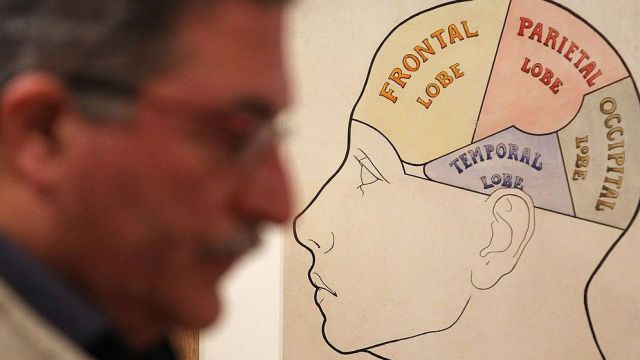Is cold fusion feasible? Or is it a fraud?
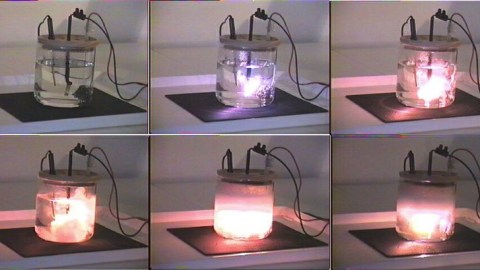
There are strict scientific standards a new ‘claimed discovery’ needs to meet. Has cold fusion gotten there?
“Between cold fusion and respectable science there is virtually no communication at all. …because the Cold-Fusioners see themselves as a community under siege, there is little internal criticism. Experiments and theories tend to be accepted at face value, for fear of providing even more fuel for external critics, if anyone outside the group was bothering to listen. In these circumstances, crackpots flourish, making matters worse for those who believe that there is serious science going on here.” –David Goodstein
One of the greatest promises of nuclear physics is cheap, clean, abundant energy. While nuclear fission plants have to deal with highly radioactive materials and end-products, and the Sun — a spontaneous source of nuclear fusion — is 93 million miles away, the dream of nuclear fusion here on Earth is alive and well. Whether in the form of “cold fusion” or “LENR” (for Low Energy Nuclear Reactions), many have claimed since the 1980s that the solution to our energy needs was either on the horizon or already here. Yet no one has brought a working cold fusion device to market, nor has one ever been independently investigated and verified. What’s going on here?
The most powerful way to extract energy from matter is to convert that mass into energy directly, via Einstein’s E = mc2. Unlike chemical reactions, which release electron-Volts (eV) worth of energy per atom when they take place, nuclear reactions — reactions like fusion and fission — release Mega-electron-Volts (MeV) worth of energy per atom: around a million times as much. The most powerful nuclear explosion ever to take place on Earth converted approximately an apple’s worth of mass into energy, and was strong enough to wipe out an entire large city.

Even the Sun, powered by nuclear fusion, has converted approximately 0.03% of its mass into energy over the span of its 4.5 billion year lifetime: around the mass of the planet Saturn. Nuclear fusion, however, takes place between charged particles like atomic nuclei, and the barrier of like charges repelling is very strong. In order to bring two protons close enough together to fuse, it requires temperatures in excess of 4 million K, which leads to the type of nuclear fusion we know: hot fusion. (This is the same reason why a fission bomb is required to ignite nuclear fusion in the hydrogen bomb, the most powerful weapon known to humanity.) Progress has been made on the fronts of magnetically confined fusion and inertial confinement fusion, where either powerful magnetic fields or a series of lasers are used to confine and compress a plasma, causing nuclei to fuse together, over the past few decades. More and more energy has been extracted compared to what needs to be inputted in these reactions, but we’re still a long way away from the breakeven point: where more energy comes out of the reaction than is required to start the reaction in the first place.
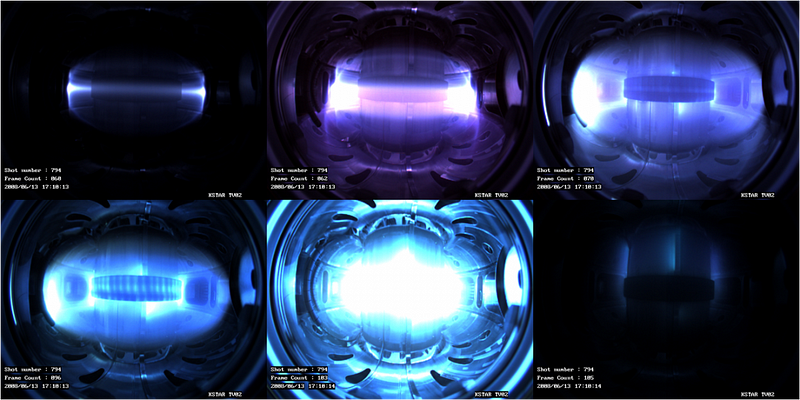
If we could reach that breakeven point, it would be the ultimate energy breakthrough, as fusion power is clean, produces no radioactive waste, and the fuel for it is cheap, abundant and virtually unlimited. So far, traditional “hot fusion” seems to require incredibly high, sustained temperatures in order to work, and for that we’d have to build our own miniature Sun; those technical difficulties more than any other perhaps explain best why we don’t yet have it. But there is another possibility: cold fusion. Instead of needing to reach temperatures of millions of degrees, cold fusion — recently rebranded as LENR (Low-Energy Nuclear Reactions) — is the idea that these fusion reactions can be incited efficiently and repeatably at much lower temperatures: perhaps only thousands of degrees, or something not much higher than room temperature. It’s the ultimate promise of free, abundant energy, and it’s a dream that would put a generating device in every home.
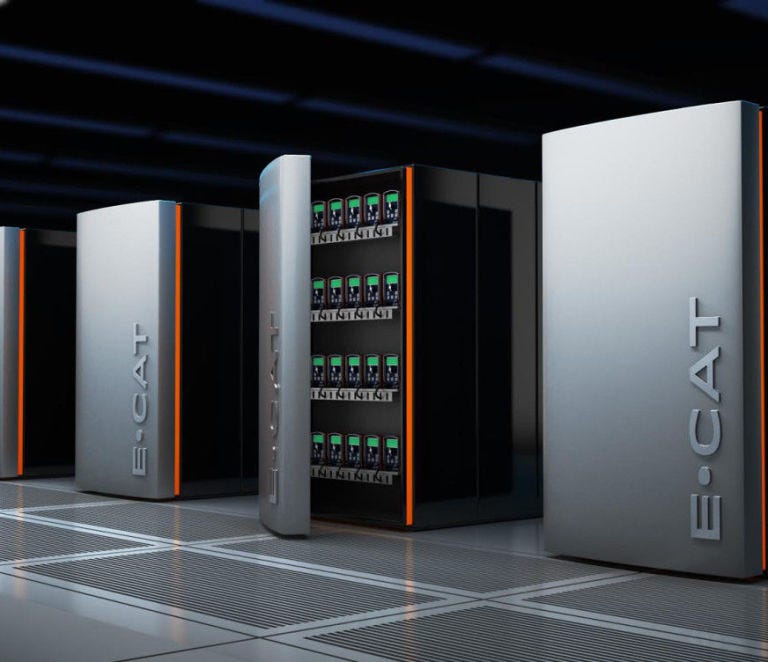
But is it too good to be true? There’s an old story that’s very similar in nature to the cold fusion stories out there today. I’m going to tell you a story that starts back in 1770, before not only the idea of nuclear fusion, but before atomic nuclei or even the modern theory of atoms existed. Instead, our story starts with the very first chess-playing automaton, Wolfgang von Kempelen‘s Mechanical Turk.
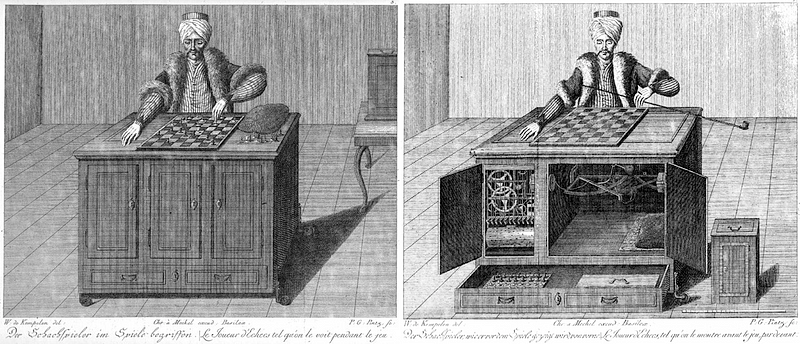
Nearly two centuries before the invention of the modern computer, the Turk was able to play a very strong game of chess, winning most of its games and defeating all but the world’s very top players at the time. Immediately, of course, it was believed to be a hoax, but many exhibitions of the machine seemed to prove it genuine, and the machine seemed to display not only remarkable chess skill, but also the ability to detect false moves. As one (defeated) opponent observed, his attempt at cheating,
“by giving the Queen the move of a Knight, but my mechanic opponent was not to be so imposed upon; he took up my Queen and replaced her in the square from which I had moved her.”
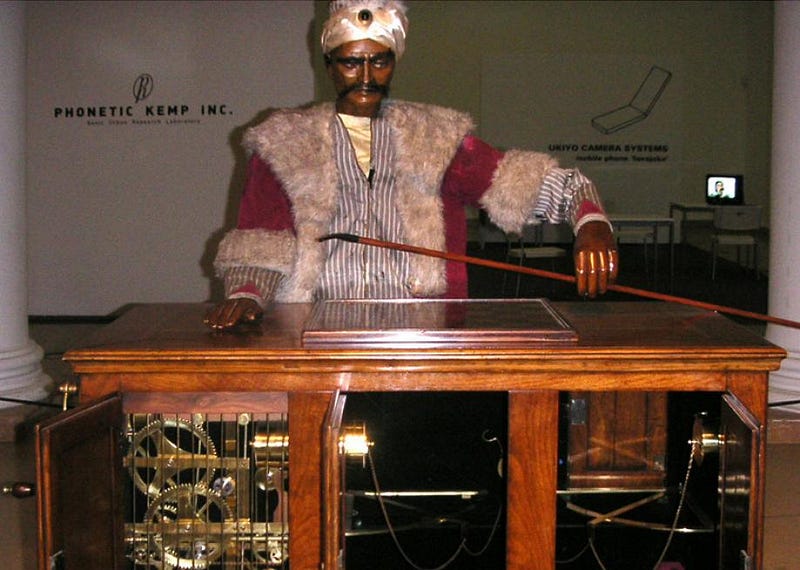
The Turk appeared to require a manual cranking to “power up” and operate, and would result in a grinding, gear-turning sound inside. In addition to the lower drawers, which contained a chessboard and pieces, there were six doors, three on the front and three on the back. Behind the left door, as shown above, was a set of interlocking metal gears, which indeed turned after being wound. Behind the right two was a red cushion and open space, so that all doors could be opened and one could see clearly through the Turk.
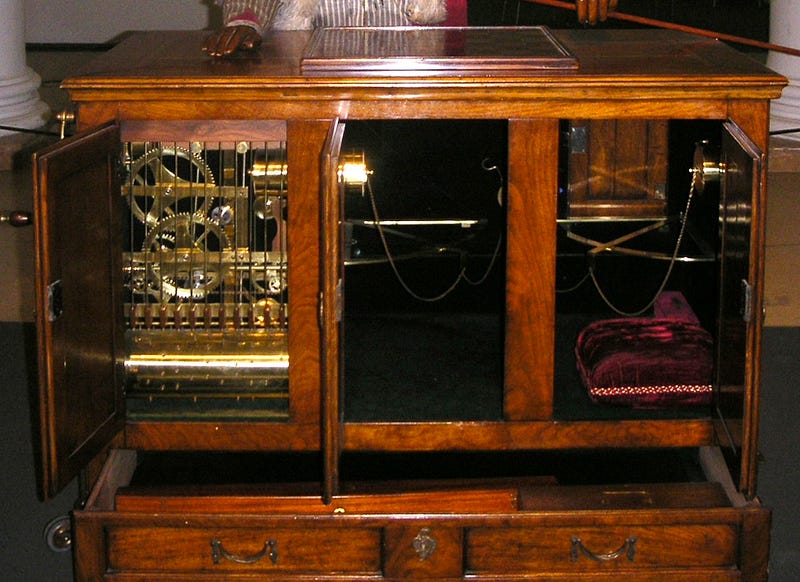
After defeating all but the strongest regional competition, the Turk was taken around Europe, where it played in a great many exhibitions, including one against the strongest player of the day, Andre Philidor, who — although victorious — called it “his most fatiguing game of chess ever!”
But the gears on the left and the drawers on the bottom were false; they only extended a third of the way back, allowing the operator — a person no taller than 4 feet (at most) who was hidden inside — to slip to an unseen position when the rightmost two doors were opened. The Turk was, in fact, not an automaton, but a very well-designed machine, driven by a human operator inside. But it was not until the 1820s that the fraud was uncovered, and it would literally not be for 200 years after the Turk’s first match that a truly automated program could play chess at the level of the Turk.
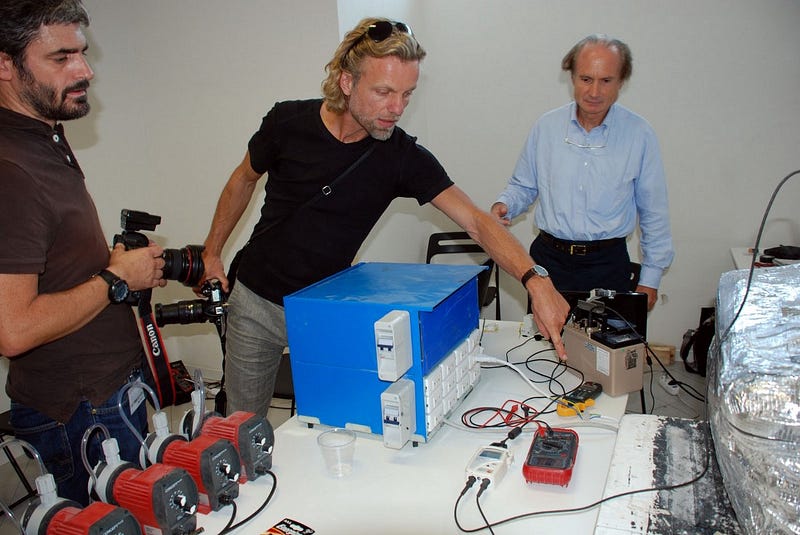
The reason this story is important and relevant to the cold fusion game is because there are a large number of ways the “fraud” of the Mechanical Turk could have been caught.
- People could have demanded instructions for how to build one themselves, and when they couldn’t (because it wouldn’t work when the instructions were followed), they would know it was fraudulent.
- People could have tested the device independently, where they would have access to disassemble, analyze and access every single one of the components that make it up. And they would have either uncovered a non-working device (with no human inside) or a fraudulent one (with a human inside).
- Or they could have demanded replicas or designs that allegedly provided the key components of the device, testing that it actually, physically did what the inventor contended.
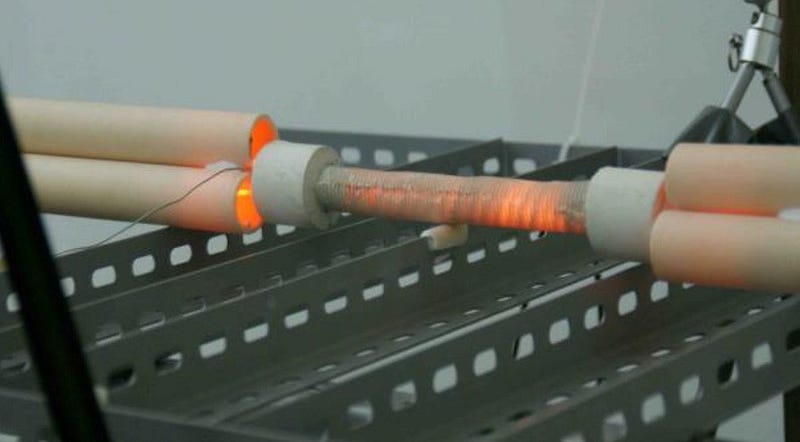
But the fraud wouldn’t have been able to be caught if there were things like hidden components to the device that couldn’t be accessed, if there were external signals being transmitted to or through it that went undetected, if someone was surreptitiously accessing and altering the device when no one could observe it, or if it were made to appear that a signal were originating from the device when, in fact, it came from an external source. And with every cold fusion device that’s been purported to work, these are exactly the problems at play.
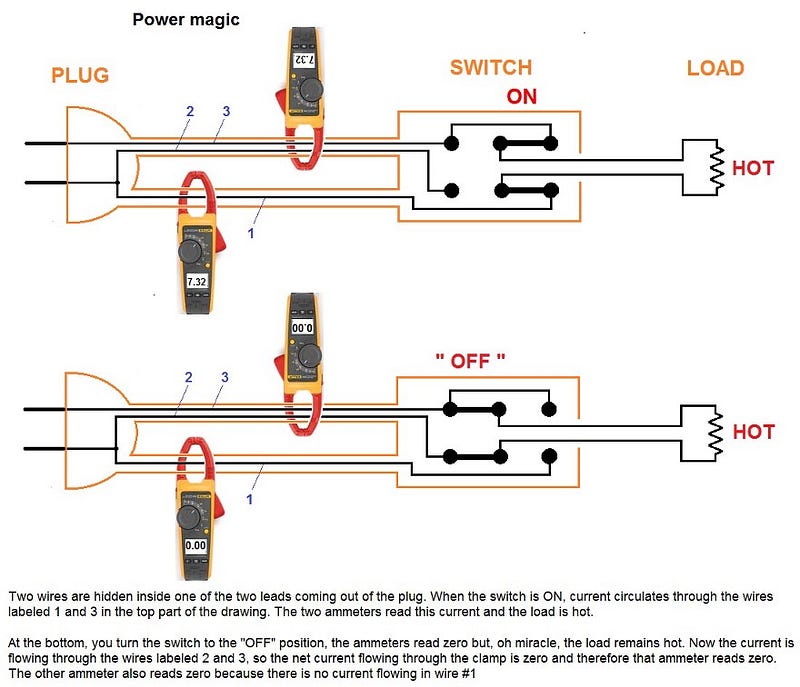
Although there are many scientists — many fringe scientists, some armchair scientists and some serious scientists as well — working on cold fusion or LENR devices, there is only one type of experiment that has met the scientific set of criteria for being robust, reproducible science: muon-catalyzed fusion. Hydrogen atoms are made out of protons and electrons, and because electrons are so light, they typically have a physical size of around 10–10 meters. You can bring multiple atoms close together, but their nuclei, which only have a size of about 10–15 meters, never get close enough at these low temperatures for their quantum wavefunctions to overlap enough that fusion occurs. But if you replace the electron with a muon, an unstable particle with a lifetime of just 2.2 microseconds, the hydrogen atom becomes hundreds of times smaller. And then the wavefunctions can overlap, and low-energy fusion occurs.

This would be a great source of energy, if it didn’t cost so much to produce and control muons in the first place! For all the other ideas, mechanisms and devices out there, there’s no experiment that you can perform where you get fusion occurring and more energy out than you put in. There’s nothing published that is verifiable and repeatable by an independent team. And there’s no device out there — despite purported “demonstrations” existing for over five years — that you can purchase, investigate, use or control without interference from the so-called inventors. Despite what claims you might hear from cold fusion enthusiasts, LENR researchers, Andrea Rossi or Defkalion, none of them are willing to provide you with a verifiable, working device that you can investigate independently, nor with an experiment you can repeat yourself. Any contention to the contrary is philosophically indefensible.
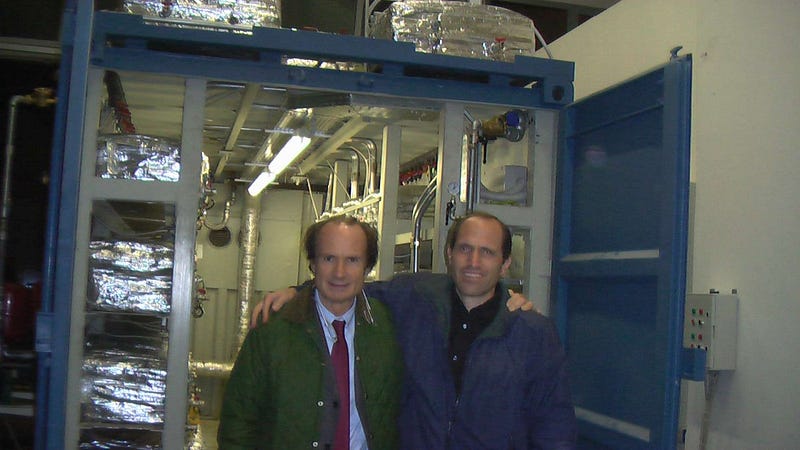
This doesn’t necessarily mean that they’re lying, that LENR is impossible or that there’s fraud going on. But it isn’t the job of science to prove that someone is fooling us; it’s the job of a good scientist to prove to the world that we aren’t fooling ourselves when we make an extraordinary claim. As soon as that bar is cleared — and that starts with the people working on this making an extraordinary effort to demonstrate that bar is cleared — we can promote LENR or cold fusion to the realm of real, robust and incredible science. But until that day, we should all remain skeptical. In the words of Richard Feynman:
The first principle is that you must not fool yourself. And you are the easiest person to fool.
This post first appeared at Forbes, and is brought to you ad-free by our Patreon supporters. Comment on our forum, & buy our first book: Beyond The Galaxy!




